Geography
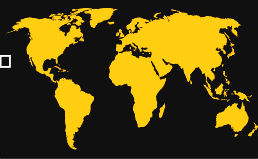 Hawaii
comprises eight major islands and 96 minor ones, spread over 1,500 miles in the
North Pacific. The most isolated
archipelago on earth, Hawaii forms the northernmost corner of the Polynesian
Triangle.
Hawaii
comprises eight major islands and 96 minor ones, spread over 1,500 miles in the
North Pacific. The most isolated
archipelago on earth, Hawaii forms the northernmost corner of the Polynesian
Triangle.
The Hawaiian Islands are the tips of massive volcanic
mountains, and the southernmost Big Island,
famed for its active volcanoes, is still in the birthing process.
Overall, Hawaii has great weather: balmy and warm,
with refreshing trade winds most of the year.
The environment is well preserved both above and beneath the waves,
though exotic flora and fauna have taken their toll on native species.
History
The first Polynesians arrived
in Hawaii between 500 and 700 AD, and in successive waves thereafter.
Around the 12th century, a powerful Tahitian kahuna
(chief) arrived and shook things up, creating a royal dynasty that lasted 700
years. Like all Polynesians,
Hawaiian society was extremely hierarchical, with power in the hands of
hereditary chiefs and the high priests. There
was a proliferation of gods for all occupations and natural phenomena, and
social interaction was strictly regulated by the kapu (taboo) system.
Human sacrifice was among the more colorful customs.
Captain James Cook arrived in
1778, but there was a bit of a mix-up with the locals and he was clubbed to
death. Throughout the 19th
century, whalers, traders and missionaries from England and America arrived in
droves, introducing new diseases, goods and ideas.
The old religion was abandoned, the social order deteriorated, and
Hawaiians took on western ways. New
immigrants from Europe, America and Asia came to outnumber the natives.
Finally, in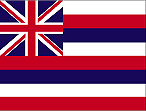 1898, the
US annexed Hawaii, a sovereign nation, over the protest of the Hawaiian queen
and her people.
1898, the
US annexed Hawaii, a sovereign nation, over the protest of the Hawaiian queen
and her people.
On December 7, 1941, a wave of
Japanese bombers attacked Pearl Harbor, jolting the USA into World War II.
After the war, Hawaii became the 50th US state, and remains
its most militarized.
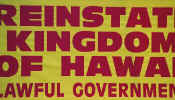 Over
the past decade, a Hawaiian sovereignty movement, intent on righting some of the
wrongs of the past century, has emerged as a key political force.
In 1993, the US president apologized for his country's overthrow of the
Kingdom of Hawaii, acknowledged its ramifications, and expressed a commitment to
reconciliation. But the sovereignty
movement remains fragmented, with little consensus; and the native Hawaiians
remain unreconciled and uncompensated.
Over
the past decade, a Hawaiian sovereignty movement, intent on righting some of the
wrongs of the past century, has emerged as a key political force.
In 1993, the US president apologized for his country's overthrow of the
Kingdom of Hawaii, acknowledged its ramifications, and expressed a commitment to
reconciliation. But the sovereignty
movement remains fragmented, with little consensus; and the native Hawaiians
remain unreconciled and uncompensated.
People
The population is about 1.2
million. There is no ethnic
majority; 32% claim ‘mixed ethnicity’, Caucasians and Japanese account for
22% each, and there are large communities of Filipinos, Chinese, African
Americans, Koreans, Samoans and Puerto Ricans.
At just 9,000, or less than 1% of the population, there aren’t many
full-blooded Hawaiians left.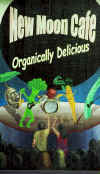
Culturally, Hawaii is much like
the rest of the US, but with greater (and more harmonious) racial diversity.
It is also a notable center of New Age pseudo-spiritualism and health
food freaks.
The UN ranks the US in the 98th
percentile in terms of quality of life, based on life expectancy, educational
achievement and adjusted real income. This
is behind only Canada and Norway. Although the quality of life in Hawaii as a whole is comparable, Native
Hawaiians have the lowest income levels and are at the bottom of most health and
welfare indicators (e.g. rates for high school drop-outs, suicide, tragic death,
major disease, homelessness, etc).
Economy
The US is a high-income
country, with a GNP per capita of over $29,000 per year. Compared to the US as a whole, however, Hawaiian salaries are
lower, and the cost of living and unemployment higher.
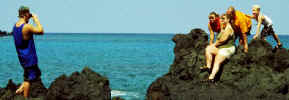 With
6-7 million visitors spending $10 billion a year, tourism accounts for about
one-third of the state’s income and is Hawaii’s largest industry. The military is the second largest sector, accounting for $3
billion. Agriculture is a distant
third.
With
6-7 million visitors spending $10 billion a year, tourism accounts for about
one-third of the state’s income and is Hawaii’s largest industry. The military is the second largest sector, accounting for $3
billion. Agriculture is a distant
third.
Sources:
World Bank (1998 data), Dorling Kindersley World Reference Atlas, UNDP Human
Development Report, Lonely Planet